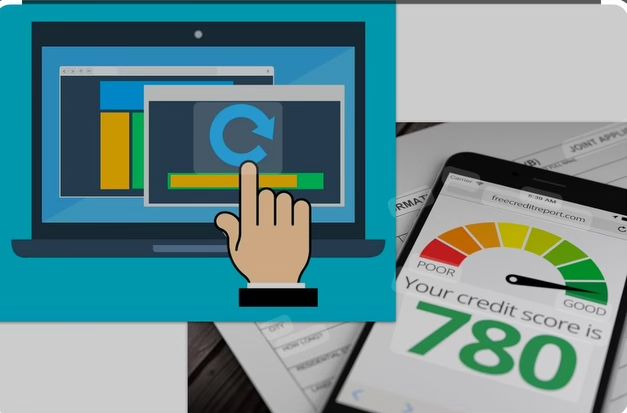What do your online shopping habits reveal about your credit risk?
As online retailers increasingly embed financial products—like installment payments and revolving credit—into their platforms, they might also be sitting on a goldmine of untapped credit risk data. Beyond traditional indicators like income and credit history, behavioral signals such as how often a customer logs into their account or how many devices they use to access a site can offer new insights into their likelihood of repaying a loan.
A recent study published in Decision Support Systems shows that web browsing behaviors, which online retailers can easily collect without asking customers for additional information, are powerful predictors of credit risk. Frequent website visits, multiple log-ins, or repeatedly reviewing terms and conditions can signal financial anxiety or debt management challenges.
Conversely, accessing a site from multiple devices may indicate higher income.
For credit risk professionals and data scientists, incorporating these online behavioral signals into models presents an opportunity to improve the accuracy of credit assessments, particularly for thin-file customers.
However, many argue that relying on these kinds of data crosses a line. Collecting and using such personal information, often without consumers’ explicit awareness, can feel invasive and ‘creepy.’ It opens up ethical questions about how companies should track their customers’ behaviors for financial gain – sometimes called surveillance capitalism.
In addition, while these signals can enhance predictive accuracy, they don’t have an intuitive connection to creditworthiness and may unintentionally widen disparities for protected groups. Differences in digital literacy, device ownership, or internet access among demographic groups could introduce unintended bias into credit decisions.
As the boundaries between e-commerce and financial services blur, how we harness this wealth of behavioral data will shape the future of credit risk assessment. For those navigating these new frontiers, rigorous proxy testing and continuous bias monitoring are essential to unlocking the potential of digital footprints while upholding fairness and transparency in credit decisions.
Link to the study: https://shorturl.at/gnRtE
Fair Lending Analysis
Identify and overcome tradeoffs between performance and disparity.




